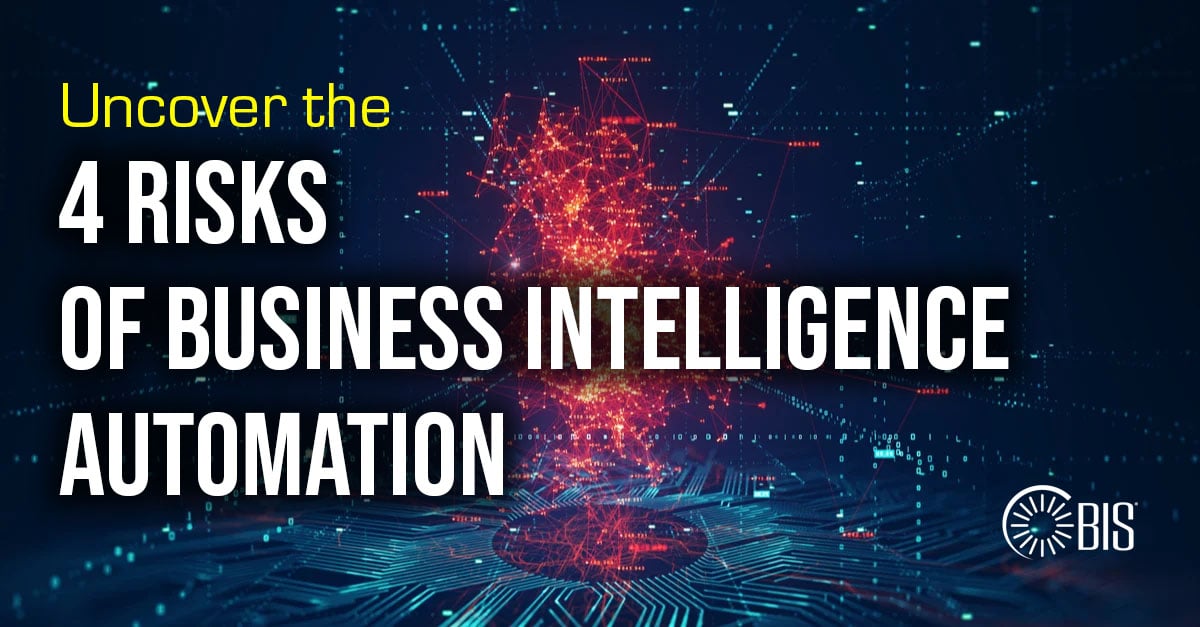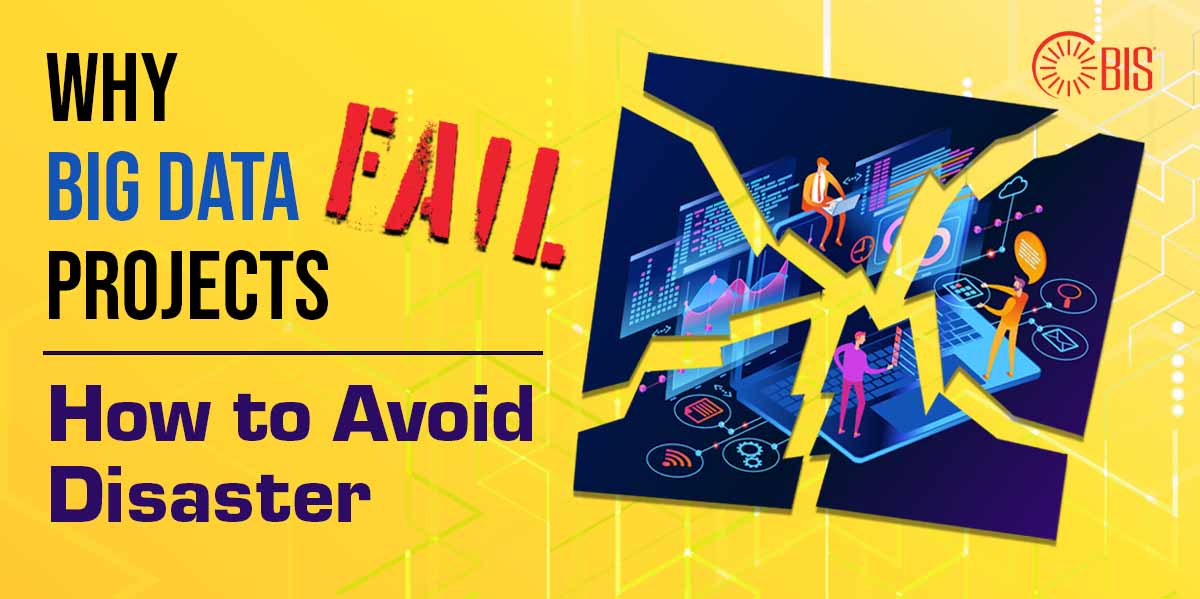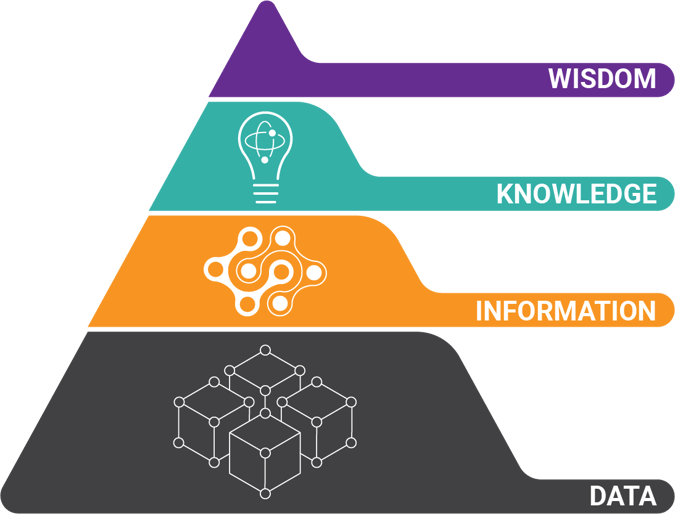There is massive opportunity today for technology and services providers in healthcare data management and healthcare claims processing.
In fact, it’s never been better. According to research firm Gartner, Inc., information technology spending in healthcare will reach $144 billion by 2023.
And the reasons for increased spending?
- Value-based care initiatives
- Ever increasing regulation
- More recently, the US Department of Health and Human Services (HHS) Cures Act for health information interoperability.
 The Cures Act calls for standardizing and streamlining access to patient information. This rule will provide patients full access to their electronic health information (EHI) at no cost to them. This is part of an attempt by HHS to drive innovation and competition amongst providers. It requires massive, new data integrations that use transactional data.
The Cures Act calls for standardizing and streamlining access to patient information. This rule will provide patients full access to their electronic health information (EHI) at no cost to them. This is part of an attempt by HHS to drive innovation and competition amongst providers. It requires massive, new data integrations that use transactional data.
Why AI in Healthcare Data Management is Increasing
While value-based care and regulation are nothing new, the use of artificial intelligence technology to increase patient satisfaction and overall clinical effectiveness is gaining increasing attention by hospital systems executives.
 More and more providers are seeking tools and solutions that are fueled by data. Whether solving revenue cycle management problems like retrospective denials, or focusing on improving patient health through telemedicine, turning to new technology is the answer.
More and more providers are seeking tools and solutions that are fueled by data. Whether solving revenue cycle management problems like retrospective denials, or focusing on improving patient health through telemedicine, turning to new technology is the answer.
In fact, venture capital funding for digital health solutions is at an all-time high of $5.1 billion.
The Importance of Transactional Data in Healthcare Data Management
The biggest roadblock to technology adoption for healthcare data management is inefficient use - or limited access - to critical transactional data.
In fact, we’re now seeing transactional data export as a requirement on provider requests for proposals.
Transactional Data Examples and Where it Comes From
 Healthcare transactional data comes from many different sources. Some of the sources include:
Healthcare transactional data comes from many different sources. Some of the sources include:
- Electronic health records
- Clinical and financial systems
- ERP systems
Even patients are a source of nearly unlimited data. Some examples of this include GPS and accelerometry data from wearable tech, online habits, purchasing, and travel behavior.
What is transactional data used for? Well, information is being created on almost every aspect of our lives that can be used for healthcare data management.
7 Transactional Data Examples in Improving Healthcare Data Management:
- The potential to discover and address patterns of illness
- Population health initiatives
- The relationship between policymaking and improving health
- Bundled / episode-based payments
- Increased focus on measuring quality of care and patient outcome
- AI-based risk models that affect payment
- Predictive health
In an interview with HealthITAnalytics.com, CMS Administrator Seema Verma said:
“We are at a turning point in terms of how we can use data to support improvements to the healthcare system. The timing is right for true digital transformation.”
Accurate and standardized transactional data is critical for healthcare providers and healthcare clearinghouses to get the most value from analytics and business intelligence solutions. And it’s even more important for AI-based transformation to become a reality.
Contact us to see how BIS is empowering healthcare data management by fully using their transactional data.





